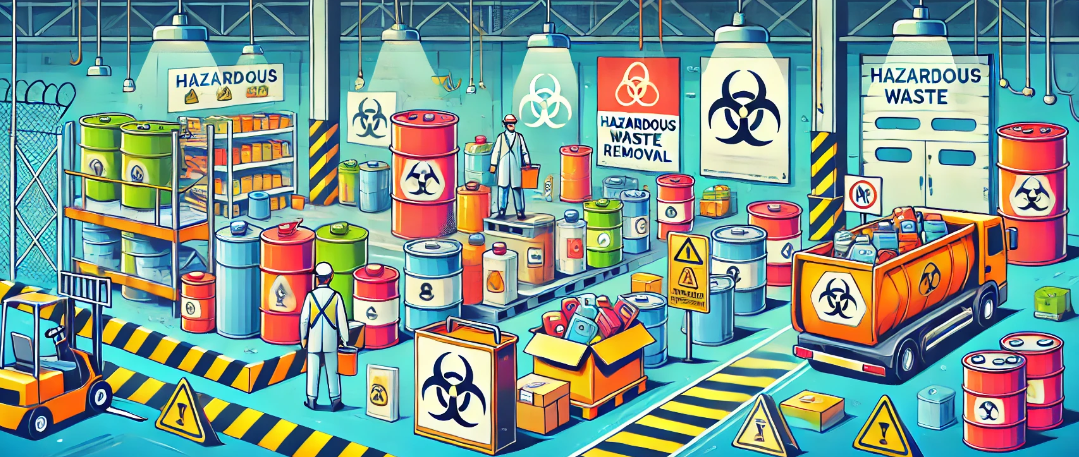
The Essential Guide to Hazardous Waste Removal: Ensuring Safety and Compliance
Managing hazardous waste is a crucial task that demands careful attention and expertise. Whether you’re a homeowner clearing out old paint cans or a business handling industrial chemicals, knowing how to properly dispose of hazardous materials is essential for the safety of your community and the environment. In this comprehensive guide, we'll explore the ins and outs of hazardous waste removal, including practical tips, legal considerations, and the benefits of hiring professional services. Let’s dive into how you can manage hazardous waste safely and efficiently.
Understanding Hazardous Waste: What You Need to Know
Hazardous waste includes any material that poses significant risks to health, safety, or the environment. These materials are often corrosive, flammable, reactive, or toxic, making them dangerous if not handled correctly.
Common Types of Hazardous Waste
- Chemical Waste: Includes substances like acids, alkalis, and solvents, which are commonly found in industrial settings and laboratories.
- Biological Waste: Medical waste such as used needles, blood products, and contaminated materials.
- Electronic Waste (E-waste): Discarded electronic devices like computers, cell phones, and TVs, which contain hazardous elements like lead and mercury.
- Household Hazardous Waste: Items found in homes, including batteries, paints, pesticides, and cleaning agents.
Why Proper Disposal Is Crucial
Improper disposal of hazardous waste can lead to severe consequences:
- Environmental Damage: Hazardous materials can contaminate soil, water, and air, harming ecosystems and wildlife.
- Health Risks: Exposure to hazardous waste can cause serious health issues, including respiratory problems, skin irritation, and long-term illnesses.
- Legal Consequences: Failing to comply with local, state, or federal regulations regarding hazardous waste disposal can result in hefty fines and legal action.
Steps for Safe Hazardous Waste Removal
Proper hazardous waste removal involves several critical steps, from identification to disposal. Here’s how to manage the process safely:
1. Identify Hazardous Materials
- Inventory: Start by identifying all the hazardous materials you need to dispose of. Look for labels indicating that a product is flammable, corrosive, reactive, or toxic.
- Classify: Classify the materials according to their hazard category. This will determine how they should be handled and disposed of.
2. Store Waste Properly
- Use Proper Containers: Store hazardous waste in containers designed to prevent leaks and spills. Ensure they are clearly labeled with the contents and hazard symbols.
- Secure Storage Area: Keep the storage area secure and well-ventilated. Ensure it’s away from high-traffic areas to minimize the risk of accidental exposure.
3. Hire a Professional Hazardous Waste Removal Service
- Licensed Professionals: Hire a licensed hazardous waste removal service that complies with all relevant regulations. Professionals have the necessary training, equipment, and knowledge to handle hazardous waste safely.
- Transportation and Disposal: The service will transport the hazardous waste to a certified disposal facility. This ensures the waste is treated, recycled, or disposed of according to legal requirements.
4. Follow Up with Proper Documentation
- Maintain Records: Keep records of all hazardous waste disposal activities. This includes manifests, receipts, and any other documentation provided by the removal service.
- Compliance Check: Regularly review your hazardous waste management practices to ensure ongoing compliance with regulations.
Hazardous Waste Disposal Methods
| Type of Hazardous Waste | Common Examples | Disposal Method |
|---|---|---|
| Chemical Waste | Paints, solvents, acids | Incineration, chemical treatment |
| Biological Waste | Medical sharps, contaminated materials | Autoclaving, incineration |
| E-waste | Computers, TVs, batteries | Recycling, specialized electronic waste facilities |
| Household Hazardous Waste | Pesticides, cleaning agents | Community hazardous waste collection events, special recycling programs |
| 3/4 Truckload | $450 - $600 | Large furniture sets, bulky items |
| Full Truckload | $600 - $750+ | Complete home cleanout, large debris removal |
Benefits of Professional Hazardous Waste Removal Services
While DIY hazardous waste disposal is possible for some household items, hiring a professional service offers several advantages:
1. Safety and Compliance
- Expertise: Professionals are trained to handle hazardous materials safely, reducing the risk of accidents or exposure.
- Regulatory Compliance: They ensure that all waste is disposed of in accordance with local, state, and federal regulations, protecting you from potential legal issues.
2. Environmental Responsibility
- Proper Disposal: Professionals use disposal methods that minimize environmental impact, such as recycling and neutralization.
- Sustainability: Many services are committed to sustainability, ensuring that hazardous waste is treated or recycled whenever possible.
3. Convenience and Efficiency
- Time-Saving: Professional services handle the entire process, from collection to disposal, saving you time and effort.
- Stress-Free: Knowing that your hazardous waste is being managed by experts allows you to focus on other priorities without worrying about the risks.
FAQs About Hazardous Waste Removal
Q: Can I dispose of hazardous waste in my regular trash?
No, hazardous waste should never be disposed of in regular trash. It requires special handling and disposal to prevent environmental contamination and health risks.
Q: What should I do with old paint and solvents?
Old paint and solvents are considered hazardous waste. They should be taken to a hazardous waste disposal facility or a community collection event where they can be safely disposed of or recycled.
Q: Are there any legal requirements for hazardous waste disposal?
Yes, there are strict legal requirements for hazardous waste disposal. These vary by location, but generally include proper storage, transportation, and disposal methods. Non-compliance can result in significant fines and legal action.
Q: How can I tell if a material is hazardous?
Look for labels that indicate the material is flammable, corrosive, reactive, or toxic. If you’re unsure, consult the product's safety data sheet (SDS) or contact a hazardous waste disposal service for guidance.
Q: Can hazardous waste be recycled?
Yes, some hazardous waste, such as e-waste and certain chemicals, can be recycled. Specialized facilities are equipped to safely recycle these materials, reducing environmental impact.
EMAIL US
Get A Free Estimate
Sign up to our newsletter
We will get back to you as soon as possible
Please try again later
Cities we service
Cape Coral
Bonita Springs
North Fort Myers
Lehigh Acres
Captiva
St James city
Bokeelia
Estero
Services
Hours
Monday : 8am - 6pm
Tuesday : 8am - 6pm
Wednesday : 8am - 6pm
Thursday : 8am - 6pm
Friday : 8am - 6pm
Saturday : 8am - 6pm
Sunday : 8am - 6pm
All Rights Reserved | Pure Disposal


